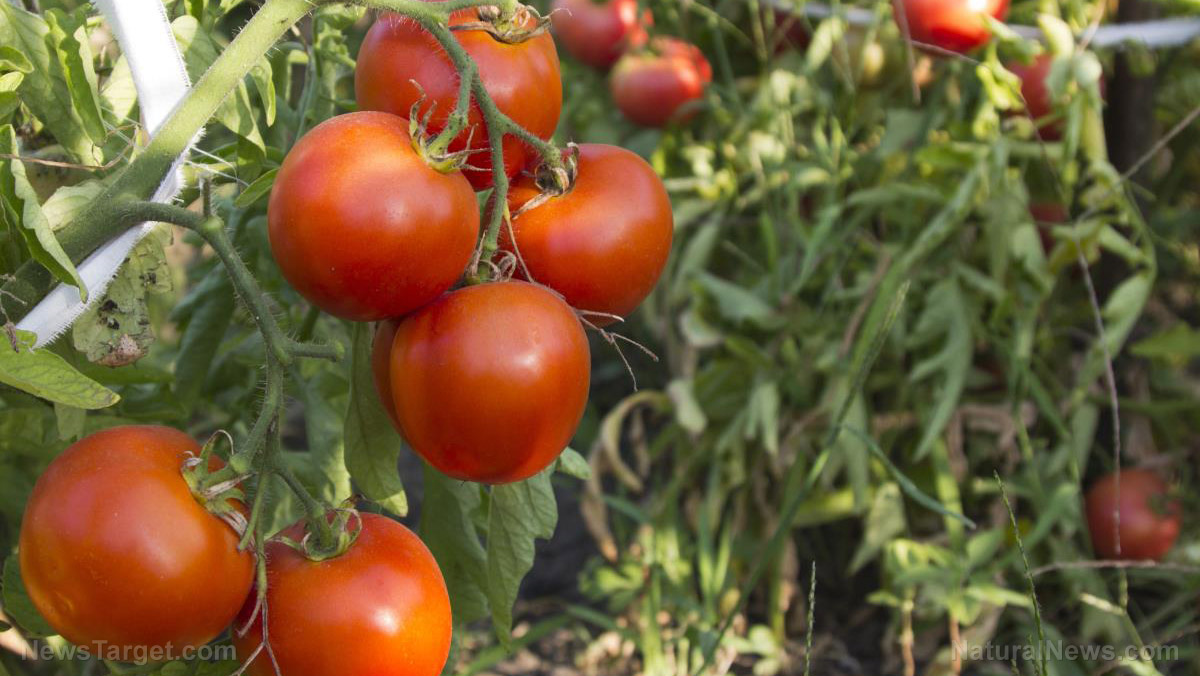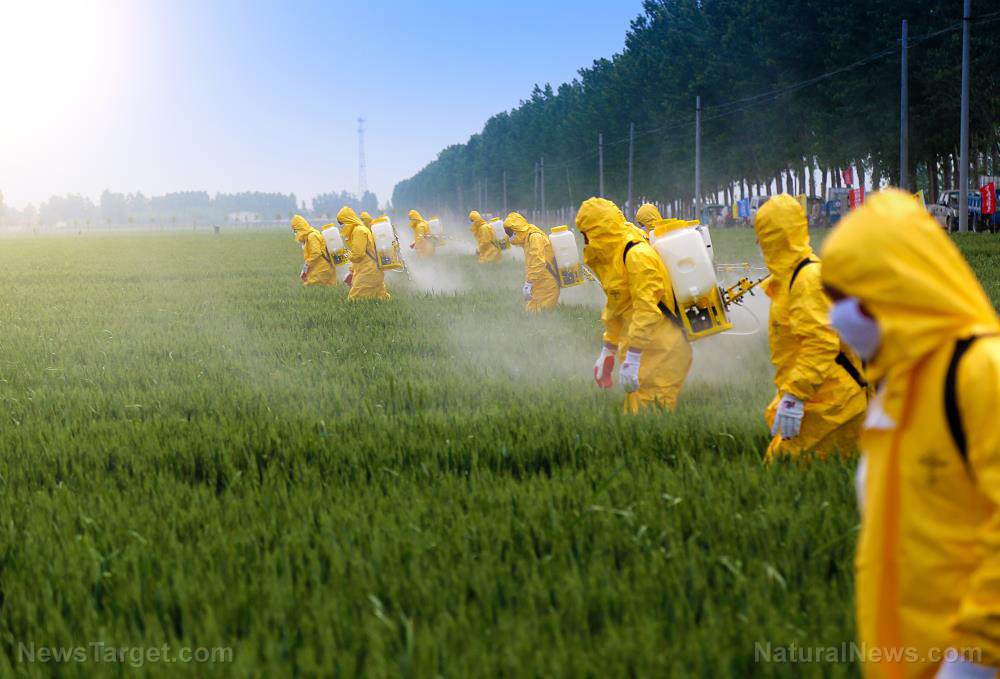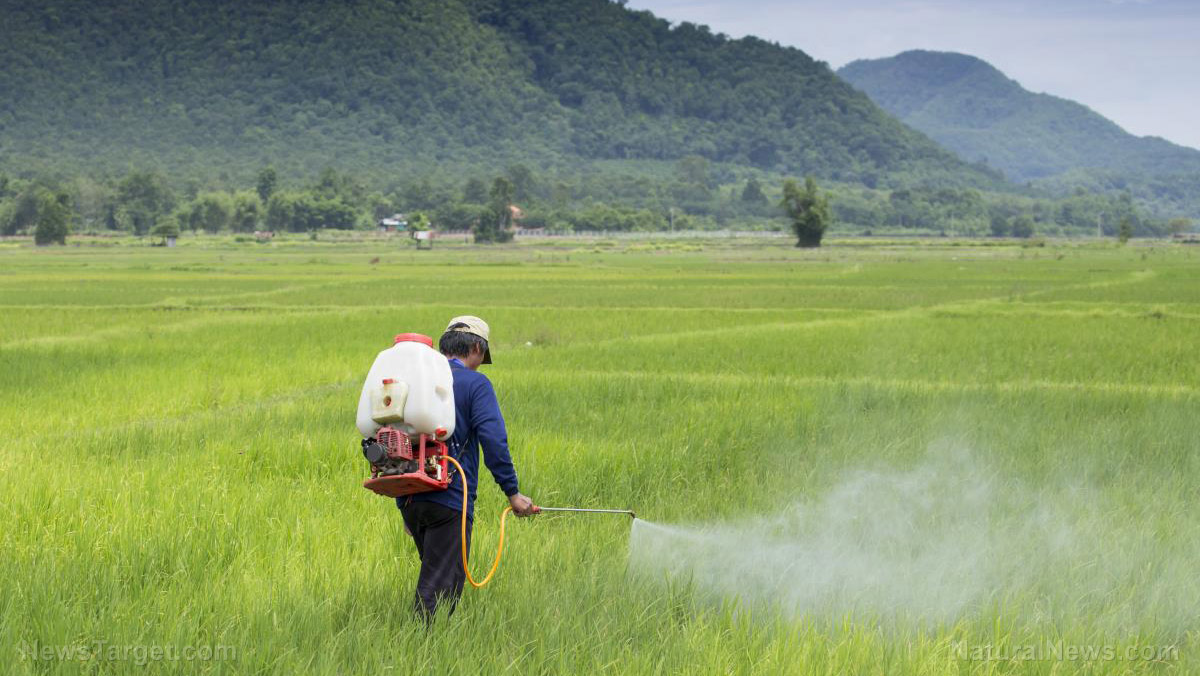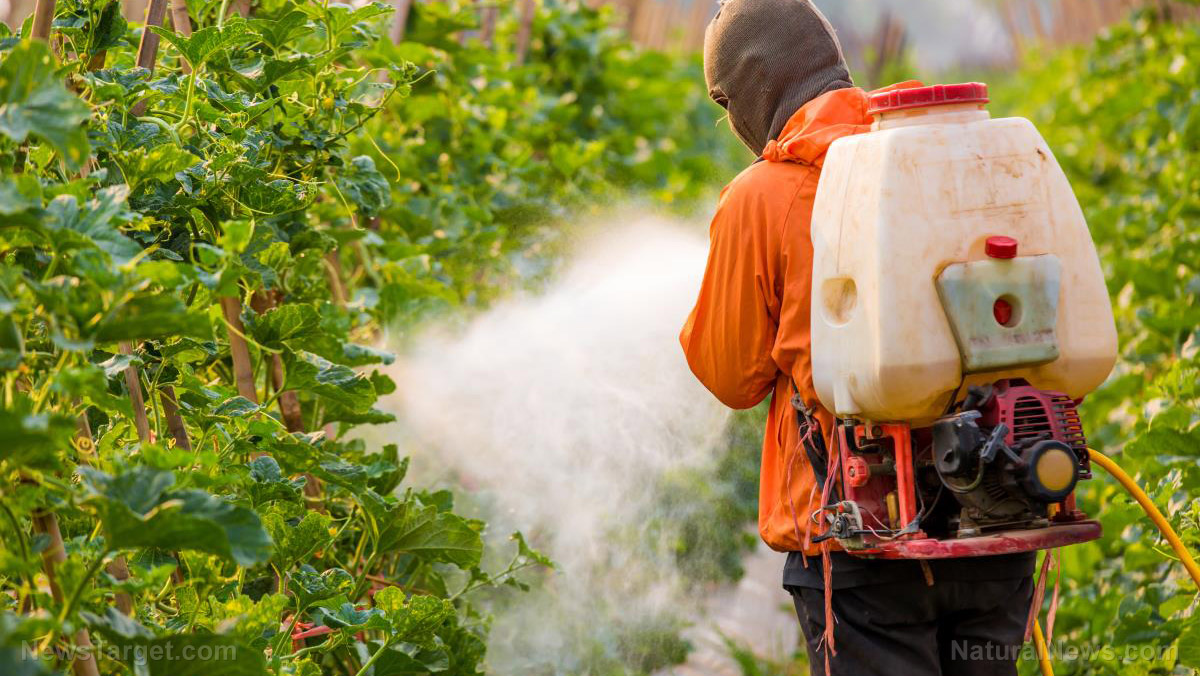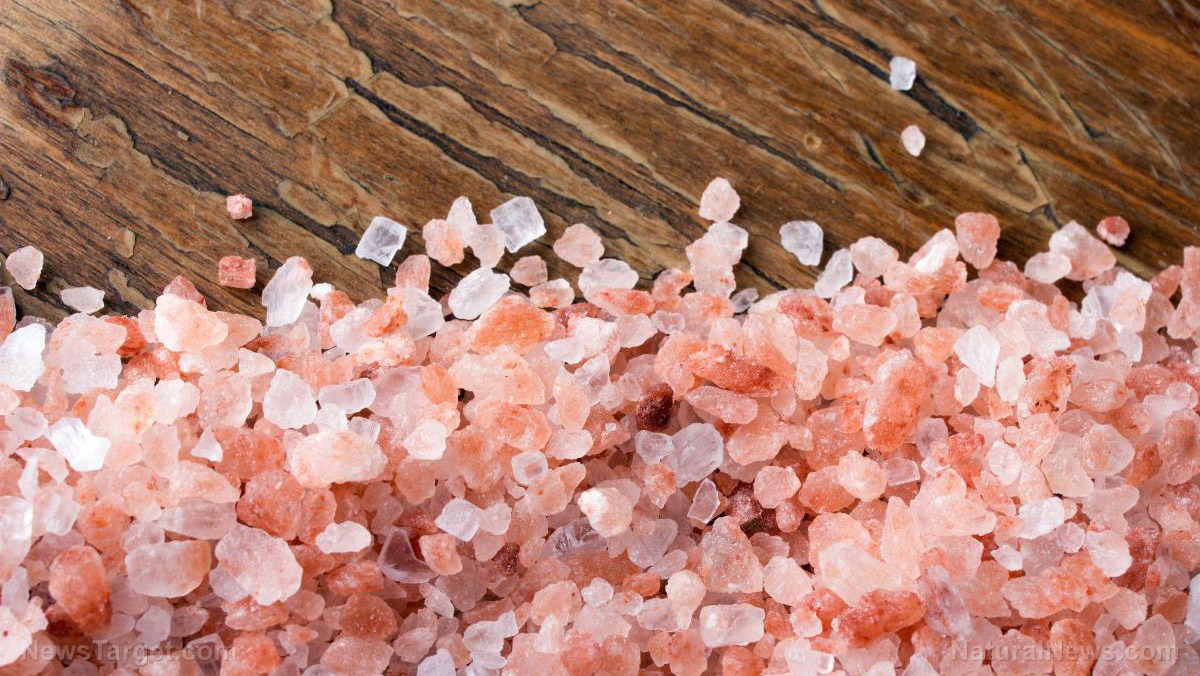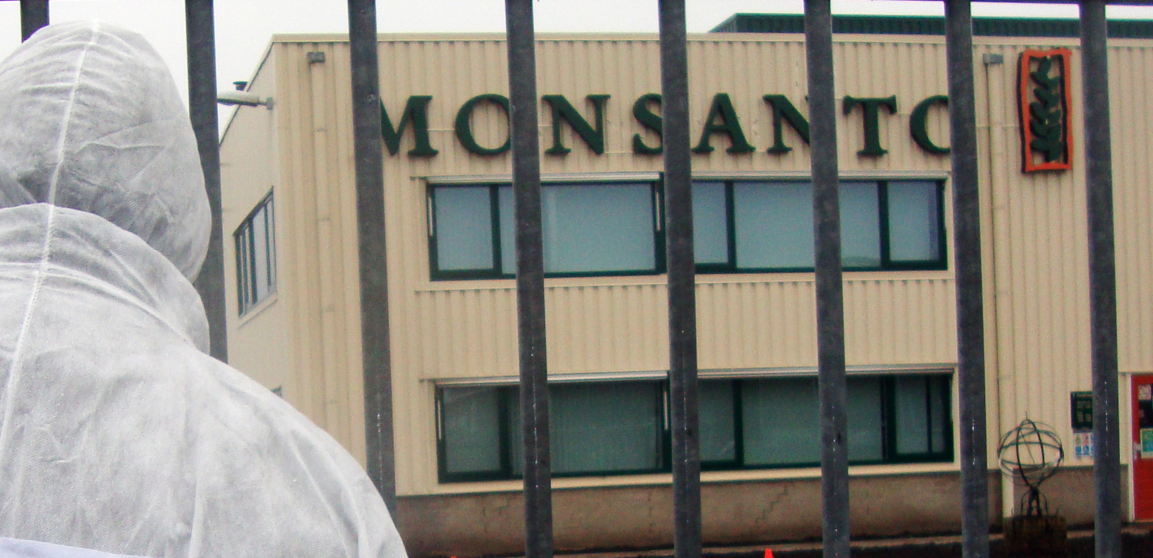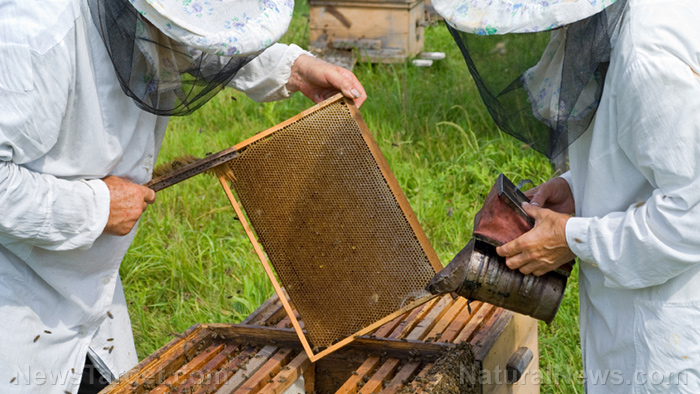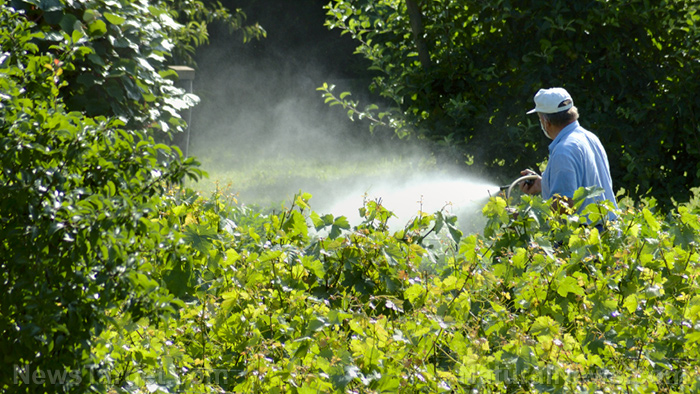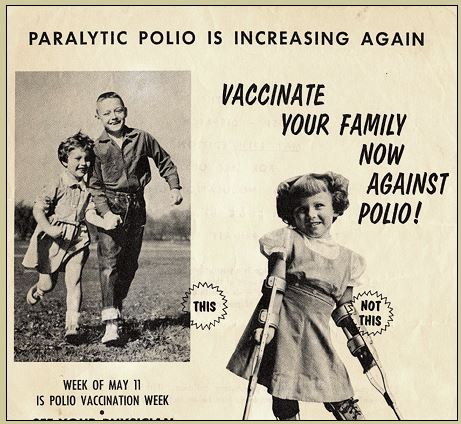Health Ranger BOMBSHELL: You’d have to drink 41,000 liters of beer to get the same exposure to glyphosate as just a few drops on your skin of glyphosate weedkiller used in landscaping
08/16/2019 / By Ethan Huff

Back in February, U.S. PIRG (Public Interest Research Groups) released the findings of some tests it conducted on a handful of the most popular beer products, revealing that many of them contain “trace” amounts of the weedkiller glyphosate (Roundup). But just how much glyphosate is there in people’s favorite beers, and is this amount really a cause for concern?
According to Mike Adams, the Health Ranger, the levels of glyphosate in the 26 alcoholic beverages he personally tested in his own mass spec laboratory are so low as to be pretty much harmless, believe it or not.
Using advanced LC-MS-MS instrumentation that’s been fine-tuned for accuracy in detecting toxins at levels as low as under one part per billion (1 ppb), Adams was able to discover that the mainstream media is actually overblowing the situation, drawing attention to a problem that, relatively speaking, may not actually be all that problematic after all.
While glyphosate is technically never a good thing to ingest or be exposed to at any level, its impact on your body is directly proportionate to its concentration – and the concentrations of glyphosate in many popular beer and alcohol products is simply too low to have a noticeable impact, it turns out.
As Adams points out, “‘testing positive’ (for glyphosate),” as these beer products did, “is scientifically meaningless, because it says nothing about the concentration of glyphosate in the beer products.”
“Just one molecule of glyphosate could qualify as ‘testing positive,’ yet one molecule by itself has zero risk of harm,” he adds. “Like other agricultural chemicals, glyphosate’s toxicity is directly proportional to its concentration in your blood. This is determined by the concentration of glyphosate in the products you are consuming or putting on your skin.”
To learn more about the dangers of glyphosate, be sure to check out Glyphosate.news.
Even the beer product with the highest tested concentration of glyphosate would still be considered “safe” by food scientists
Of all the products that Adams tested, Mama’s Little Yella Pils beer came out on top with the highest concentration of glyphosate, testing at 10.08 ppb. But even this would be regarded as “zero” concentration, relatively speaking, based on food science standards that take into account its actual effects of human biology.
In other words, 10 ppb is too low to have any noticeable impact, which means consumers of Mama’s Little Yella Pils beer aren’t really at risk of glyphosate poisoning from having just a few bottles at a time.
As Adams points out, one would have to drink about 41,000 liters of this beer in one sitting to intake the same amount of glyphosate as one single drop of Roundup weedkiller accidentally spilled on one’s skin while spraying yard weeds.
“If you spill just one milliliter of 41 percent glyphosate on your skin, you are exposed to 410,000 [micrograms] of glyphosate, which goes right through your skin and into your blood,” Adams explains. “In contrast, if you drink a full liter of beer that contains just 10 ppb of glyphosate, your total exposure is just 10 [micrograms].”
It’s always important to consider concentration, rather than just general contamination, when assessing potential food safety risks such as this. While Natural News isn’t necessarily condoning beer consumption based on these findings – consuming alcohol is extremely toxic to the body, and is actually the real gateway to harder drug abuse – we did want to set the record straight about a common misconception concerning toxic contamination.
Be sure to check out Adams’ Brighteon video analysis of this discovery, in which he explains in more precise detail why concentration means everything when it comes to risk from toxic exposure.
Sources for this article include:
Submit a correction >>
Tagged Under:
This article may contain statements that reflect the opinion of the author
RECENT NEWS & ARTICLES
COPYRIGHT © 2017 PESTICIDES NEWS



